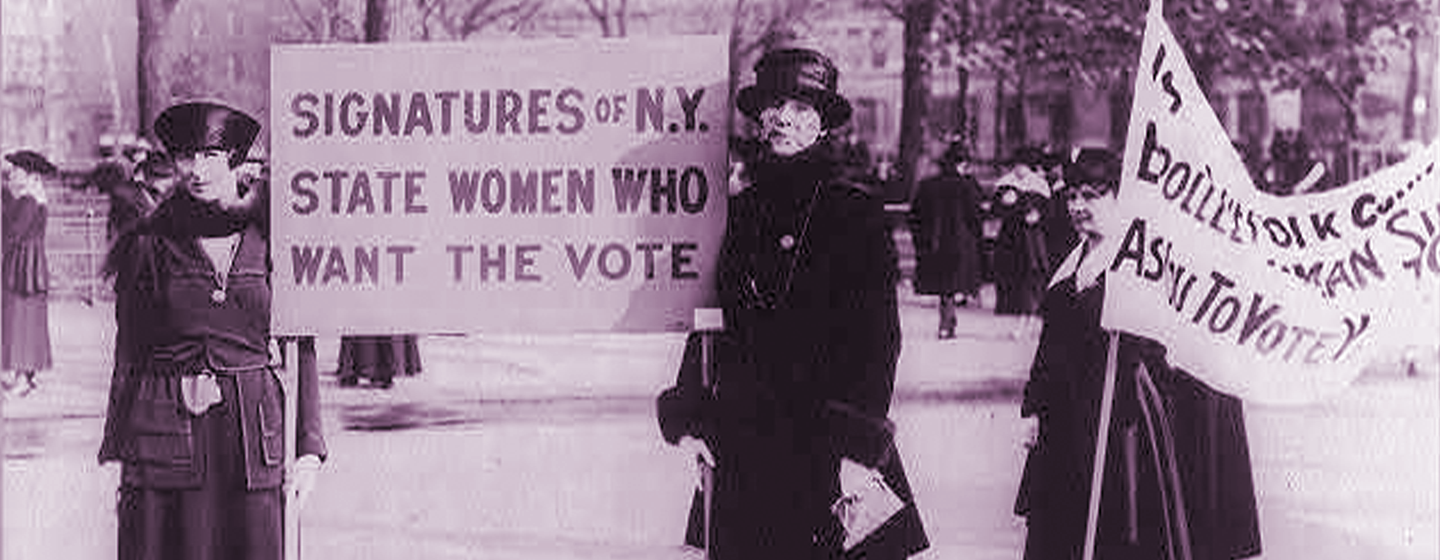Caroline Gilkey Rogers was born in Camden, Maine in March, 1837. She was a portrait painter by trade and her friends called her Carrie. After relocating to Lansingburgh (now part of Troy, New York) in the 1880s with her second husband Elias Rogers, Caroline became involved in suffrage and women’s rights activism. The Rogers home became known as the “Equal Rights Hotel” for the hospitality they showed to visiting suffrage leaders like Matilda Joslyn Gage, Susan B. Anthony, Elizabeth Cady Stanton and Mary Seymour Howell.
In November 1885, Rogers went to a polling placed in her election district in Lansingburgh and gave her vote to election officials. Even though she read to them the Constitution and explained why she thought it supported her right to vote, the officials refused her ballot. In a coordinated effort, members of the New York Woman’s Suffrage Party attempted to vote that year in cities all across the state.
Rogers was a gifted speaker and she delivered addresses at state and national suffrage conventions. In 1886, she delivered testimony on woman suffrage to the United States Senate, asking for the ballot on behalf of women “because it is the symbol of equality.” She said there was no other symbol of equality quite like the ballot and with it, women would truly be equal to men before the law. “Our demand for the ballot,” she said, “is the great onward step of the century, and not, as some claim, the idiosyncrasies of a few unbalanced minds.”
Caroline Gilkey Rogers remained active in the suffrage movement until her death in 1899 and was interred at Oakwood Cemetery in Troy. In 2017, a marker was placed near the site of Rogers home.



